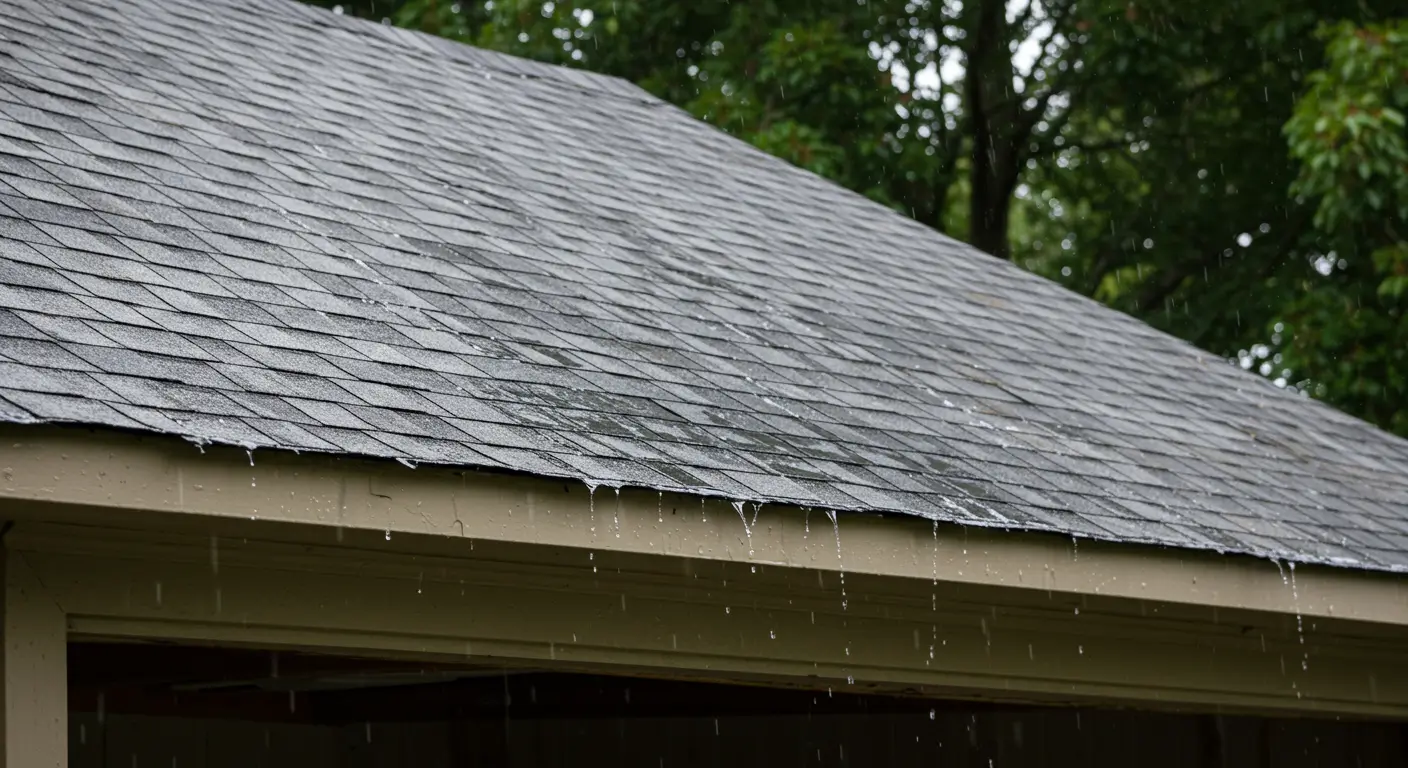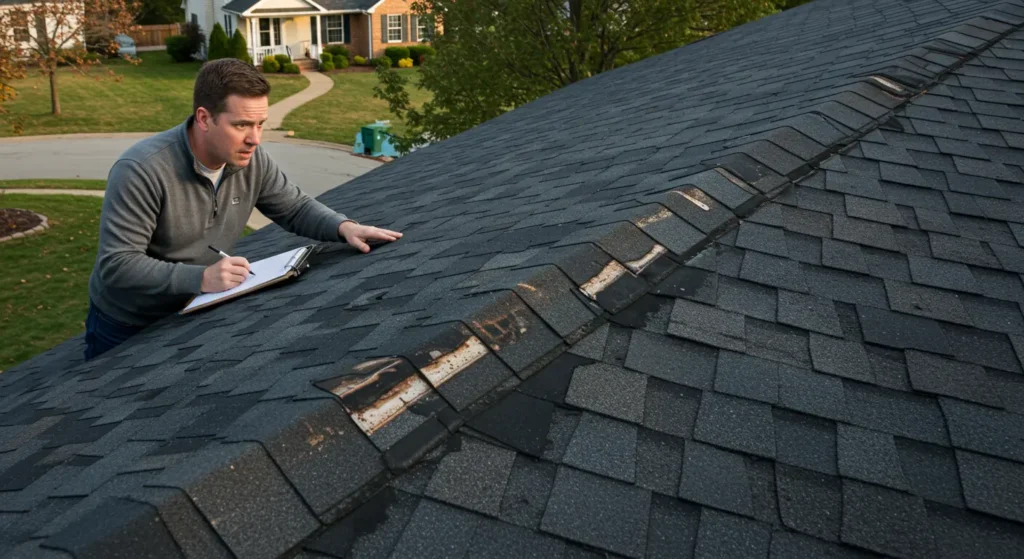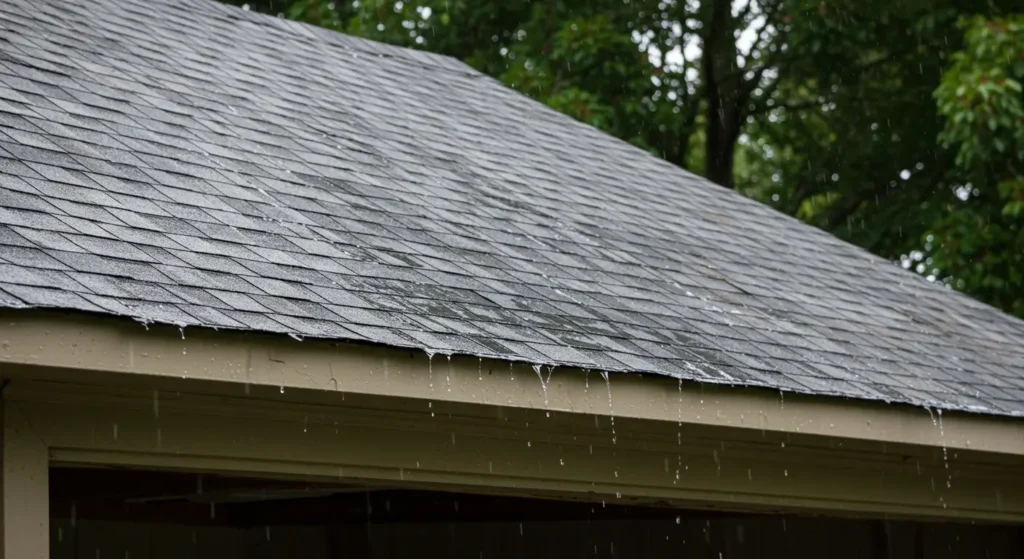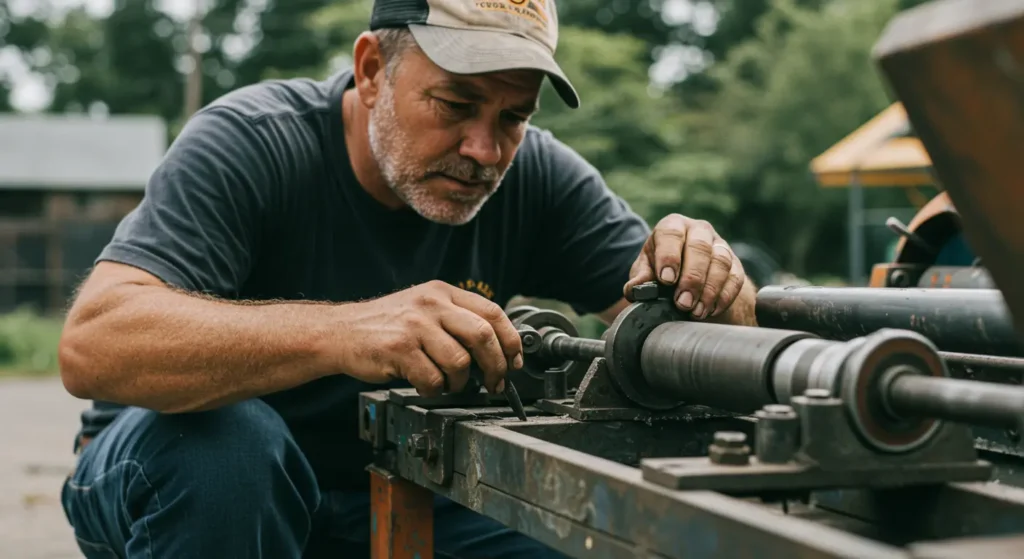Rainwater in Your Garage? Here’s Why Your Roof Leaks When It Rains

Few things are more frustrating than discovering a puddle of rainwater inside your garage. Whether it’s a light drip or a full-scale leak during a downpour, water intrusion in your garage is a serious issue that can lead to structural damage, mold growth, and costly repairs. If you’ve noticed that your garage roof leaks when it rains, you’re not alone—and the problem is more common than you might think.
In this post, we’ll explain the top reasons why garage roofs leak during rainstorms, how to identify the source of the problem, and what steps you can take to fix it before it leads to long-term damage.
Understanding Garage Roof Leaks
Garage roofs are often less insulated and less structurally robust than the roof over your main living space. Builders frequently treat garages as secondary structures, especially in older homes or detached units. As a result, garage roofs are more susceptible to weather-related wear and tear, especially when it rains heavily or for extended periods.
Rainwater can find even the smallest weakness—whether it’s a cracked shingle, failed flashing, or a clogged gutter. Once water penetrates the roof’s protective layers, it can drip into your garage and begin to cause unseen damage to insulation, wood framing, or anything you store there.
Common Causes of Garage Roof Leaks When It Rains
Damaged or Missing Shingles
One of the most frequent culprits behind a leaky garage roof is damaged or missing shingles. Over time, roofing shingles can crack, curl, or blow away due to wind, hail, or UV exposure. When this protective layer is compromised, rainwater can seep into the underlayment and roof decking, eventually making its way into your garage.
If your garage roof is older or hasn’t been inspected in years, there’s a good chance the shingles are to blame. Even a single missing shingle can provide an entry point for rainwater during a storm.
Worn-Out Flashing
Flashing is the thin metal or rubber material used to seal gaps and joints around chimneys, vents, skylights, or where the roof meets walls. If flashing around your garage roof is corroded, improperly installed, or has pulled away due to shifting temperatures or building movement, it leaves gaps where rainwater can easily enter.
Garage roofs that connect to other parts of the home or have features like vents are especially prone to flashing-related leaks.
Poor Roof Slope or Drainage
Garages often have a flatter pitch or lower slope than the main roof. This design can create drainage issues, especially in areas with heavy or frequent rainfall. When water doesn’t flow off the roof quickly, it pools and increases the chances of seeping through small cracks or imperfections in the roofing material.
In some cases, the slope may not be steep enough to channel rain into the gutters efficiently, causing water to back up under shingles or around the roof’s edge.
Clogged or Broken Gutters
Rainwater needs a clear and functional drainage system to move away from your roof and foundation. If your gutters or downspouts are clogged with leaves, dirt, or debris, they can overflow and send water directly onto or under the edge of your garage roof.
This is particularly problematic if the gutter system around your garage is undersized, poorly maintained, or damaged. Water that has nowhere to go will eventually find the path of least resistance—often right into your garage.
Aging Roofing Materials
Time takes its toll on all building materials, and roofing is no exception. Asphalt shingles, underlayment, and wooden decking can all degrade after prolonged exposure to sun, wind, and rain. When roofing materials reach the end of their lifespan, they become brittle, cracked, or weak, making it easier for rain to penetrate the surface.
If your garage roof is 15–25 years old and you’re experiencing leaks during rain, it might be time to consider a full replacement rather than temporary repairs.
Improper Roof Installation
Sometimes the problem lies in how the roof was originally installed. Improperly nailed shingles, poorly aligned flashing, or shortcuts taken during the construction process can leave your roof vulnerable to leaks from the start.
This is particularly true for DIY roof installations or if the garage was built or renovated by an inexperienced contractor. A roof that wasn’t installed to code or industry standards may show signs of leaking far earlier than expected.
Ventilation Issues and Condensation
Though less obvious, ventilation problems can also cause what looks like rain-related leaks. Poor ventilation leads to high humidity in the attic or ceiling area of your garage, which can condense on colder surfaces when the temperature drops during rainstorms. This can create moisture drips that mimic a roof leak, even if rainwater isn’t directly penetrating the roof.
While not caused by rain directly, this type of “leak” often becomes more noticeable during wet weather and should be addressed as part of your overall roofing strategy.
How to Identify a Garage Roof Leak?
Knowing there’s a leak is one thing—pinpointing its source is another. Because water travels along the path of least resistance, the location of the drip inside your garage might not match the actual entry point on the roof.
Here are some ways to track it down:
- Check for water stains or discoloration on the ceiling or walls.
- Inspect the roof from the outside for missing shingles, sagging areas, or damaged flashing.
- Use a flashlight to inspect the underside of the roof decking from inside your garage during or immediately after rain.
- Look for mold, mildew, or wood rot around the edges of the garage roof or near vents.
If the source isn’t obvious, a professional roof inspection can help locate hard-to-see damage and assess whether a repair or replacement is the best course of action.
Why You Shouldn't Ignore a Leaky Garage Roof?
Some homeowners put off fixing a leaky garage roof because they don’t spend much time in the garage or view it as a lower-priority space. But even minor leaks can lead to major problems over time.
Here’s what can happen if you let the issue go:
- Structural damage: Persistent moisture can weaken the wooden frame, joists, and roofing deck.
- Mold growth: Dark, damp areas in your garage are ideal for mold, which can spread to other areas of your home.
- Electrical hazards: If you store power tools or appliances in your garage, water can increase the risk of short circuits or fire.
- Lower home value: Water damage is a red flag for potential buyers and can affect your home’s resale value.
Addressing the issue early is not only more affordable, but it also protects your property and peace of mind.
Fixing and Preventing Garage Roof Leaks
Once you’ve identified the cause of your garage roof leak, it’s time to take action. Temporary patching can help in an emergency, but lasting results come from addressing the root of the problem.
Depending on the extent of the damage, solutions may include:
- Replacing missing or broken shingles
- Re-sealing or replacing damaged flashing
- Cleaning and repairing gutters and downspouts
- Improving roof slope or installing a new drainage system
- Replacing old roofing materials entirely
- Enhancing attic ventilation to reduce condensation
For homeowners who aren’t comfortable working on the roof, hiring a professional roofing contractor is the safest and most effective route. They can inspect the roof, provide a detailed assessment, and carry out repairs to modern building standards.
Final Thoughts: Protecting Your Garage from Rain Leaks
Dealing with rainwater in your garage is more than just a nuisance—it’s a warning sign that your roof is vulnerable. By understanding the causes and acting quickly, you can prevent minor issues from turning into expensive repairs.
Whether it’s damaged shingles, faulty flashing, poor drainage, or aging materials, identifying and repairing the source of the leak is key to keeping your garage dry and functional. Regular roof inspections, gutter maintenance, and timely repairs can go a long way in protecting your home and everything inside it.




